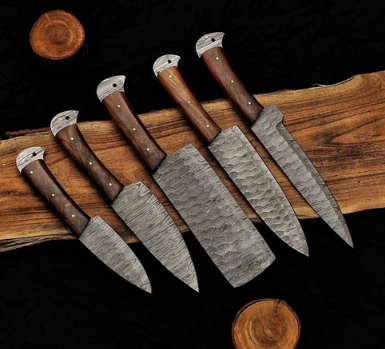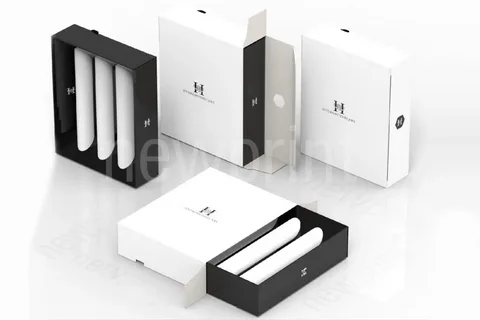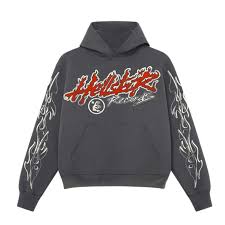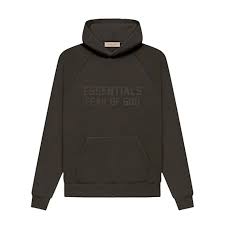In bulk transport and shipping, container liners are the unsung heroes who never get recognition from the end consumer but are greatly significant for industries that have to handle enormous amounts of material. Whether it is agricultural produce, chemicals, minerals, or construction material, safe and effective transportation of bulk goods requires specialized packing solutions. Flexible intermediate bulk container bags have become a central part of this system, providing protection, efficiency, and cost savings.
This article discusses what container liners are, their types, applications, and how innovations such as Flexible Intermediate Bulk Container bags and Fibc flexible intermediate bulk containers have transformed bulk handling. If you are in trading in bulk commodities, manufacturing, or in logistics, getting to know container liners will give you a competitive edge.
What is a Container Liner?
A container liner is a term that describes an inner membrane or bag utilized in a shipping container to keep the interior of the container secure from contaminations by the goods held within as well as, as a precautionary step, from the goods by contaminations or damage. A liner is a protective shield between the container walls and the bulk commodity, making long-distance transportation and transportation in unfavorable weather conditions possible without risks.
Compared to conventional packaging, container liners do not just enclose goods; they keep out water ingress, dust, and product leakage. In essence, they are custom-made solutions to preserve the integrity and quality of bulk commodities throughout transportation.
Types of Container Liners
Container liners come in a variety of types, designed to meet the bulk commodities and transportation needs:
1. Standard Polyethylene Liners
Made from polyethylene film, liners are the least moisture protective and offer dust sealing. Low-cost and ideal for dry, non-toxic bulk items like fertilizers or grains.
2. Multi-layer Liners
For enhanced barrier performance, liners contain multiple layers of polyethylene or other polymers and are resistant to moisture, oxygen, and contamination. Suitable for food-grade items or sensitive chemicals.
3. Laminated Liners
Laminated liners are made up of metallized or aluminum foil layers and are excellent for gas and moisture protection. They are used for pharmaceuticals, hygroscopic chemicals, or sensitive foods.
4. Flexible Intermediate Bulk Container Bags (FIBCs)
Also known as bulk bags or big bags, FIBCs are large flexible containers used to ship dry, flowable products. If they are placed in shipping containers, they can be used as liners with the benefit of being easy to handle and stack.
5. Fibc Flexible Intermediate Bulk Container
Specialized bulk transportation FIBCs made of woven polypropylene. They are tough, can be reused, and internally lined for additional protection. They are flexible, which is good for heavy-duty usage in industrial use.
Applications of Container Liners Across Industries
Container liners are generic and applicable across various industries. Some of the outstanding applications are:
1. Agriculture
Shipment of pulses, grains, and fertilizers requires safeguard against insects and dampness. Container liners provide safety to reach the destination without being spoilt or contaminated.
2. Chemical Industry
Shipment of powders, granules, and hazardous chemicals requires robust containment systems. Chemical-resistant-coated Fibc flexible intermediate bulk container prevent leaks and contamination.
3. Food Industry
Food-grade liners ensure cleanliness and avoid contamination in transport of sugar, salt, starch, or other food products. Multi-layer and laminated liners provide longer shelf life.
4. Pharmaceuticals
Uncompromising hygiene and contamination prevention are critical. Specialized container liners guarantee that pharmaceutical powders and granules do not get contaminated during transit.
The Design and Manufacturing Process of Container Liners
Designing a successful container liner involves knowledge about the cargo, transit conditions, and handling practices. The design process entails:
Material Selection
Depending on cargo sensitivity and environmental factors, appropriate polymers, films, or fabrics are selected by manufacturers. For example, food products may be coated using FDA-approved polyethylene films, while chemicals need more-duty woven polypropylene.
Customization
Depending on product needs and handling needs, filling spouts, discharge valves, ventilation holes, or anti-static coatings are incorporated.
Compliance
Most container liners are required to meet international shipping requirements and food safety laws based on what they will be used for.
Challenges and Solutions in Using Container Liners
Although container liners have numerous benefits, their use is achieved by surmounting some usual challenges:
1. Proper Installation
Incorrect liner installation can lead to rupture, spillage, or insufficient protection. Training the personnel on how to correctly fit and secure liners is therefore essential. Most liners currently come with such features as adjustable drawstrings, hooks, or fastening tapes to ensure easy installation.
2. Handling Heavy Loads
Bulk items may also be very heavy, and liners must withstand heavy pressure without rupture. This is accommodated by liners being designed with reinforced seams and thick material, for example, the kind in Flexible Intermediate Bulk Container fibc liners. These types of designs allow the liner to hold heavy loads while maintaining flexibility.
3. Moisture and Humidity Control
In the majority of shipping corridors, containers are exposed to humidity, the potential for water to form inside. Vapor barrier or desiccant packet multi-layer liners are used to counteract this. Some companies are developing liners with in-built moisture sensors to monitor conditions inside during transit.
4. Environmental Concerns
Single-use liners are a plastic waste source, and the resulting environmental problems. Sustainability is tackled by manufacturers that make liners from recyclable or biodegradable materials. The Flexible intermediate bulk container bags segment is unique in this sense since reusable and recyclable types are becoming increasingly popular.
Innovations in Flexible Intermediate Bulk Container Bags
The Flexible intermediate bulk container fibc category is innovative with ongoing advancements on the basis of user requirements and environmental concerns:
Smart Features
Some FIBCs today feature RFID tags as part of inventory tracking or internal sensors that monitor temperature and humidity levels in real-time and report back to receivers and shippers.
Enhanced Safety Designs
FIBCs for explosive or flammable materials now contain anti-static or conductive materials to prevent static discharge in filling or emptying.
Conclusion
Container liners are the quiet achiever of the bulk transport industry. From little polyethylene liners through to advanced Flexible Intermediate Bulk Container bags and Fibc flexible intermediate bulk container systems, these liners protect cargo integrity, reduce expenses, and streamline logistics. As commerce communities increasingly demand cleaner, safer, and more sustainable shipping options, container liners will sit right in the middle of bulk packaging development.
For bulk material companies, the appropriate type of liner for a container can be the edge between product loss and hassle-free delivery — delivering the products in pristine condition, ready to fill market demands.
Frequently Asked Questions (FAQs)
What materials are commonly used to make container liners?
Flexible Intermediate Bulk Container bags consist of polyethylene films, woven polypropylene fabrics, laminated materials, or their combination. The choice is determined by cargo type and protection needed.
Who is the largest manufacturer of container liners?
Singhal Industries Private Limited is the largest manufacturer of container liners, making quality, specialized solutions that ensure safe, contamination-free, and efficient transportation of bulk cargo for a range of global industries.Can container liners be reused?
Yes, many container liners, especially woven polypropylene ones like FIBCs, can be reused several times if properly handled and washed. Packaging cost savings and waste reduction are made through reuse.





